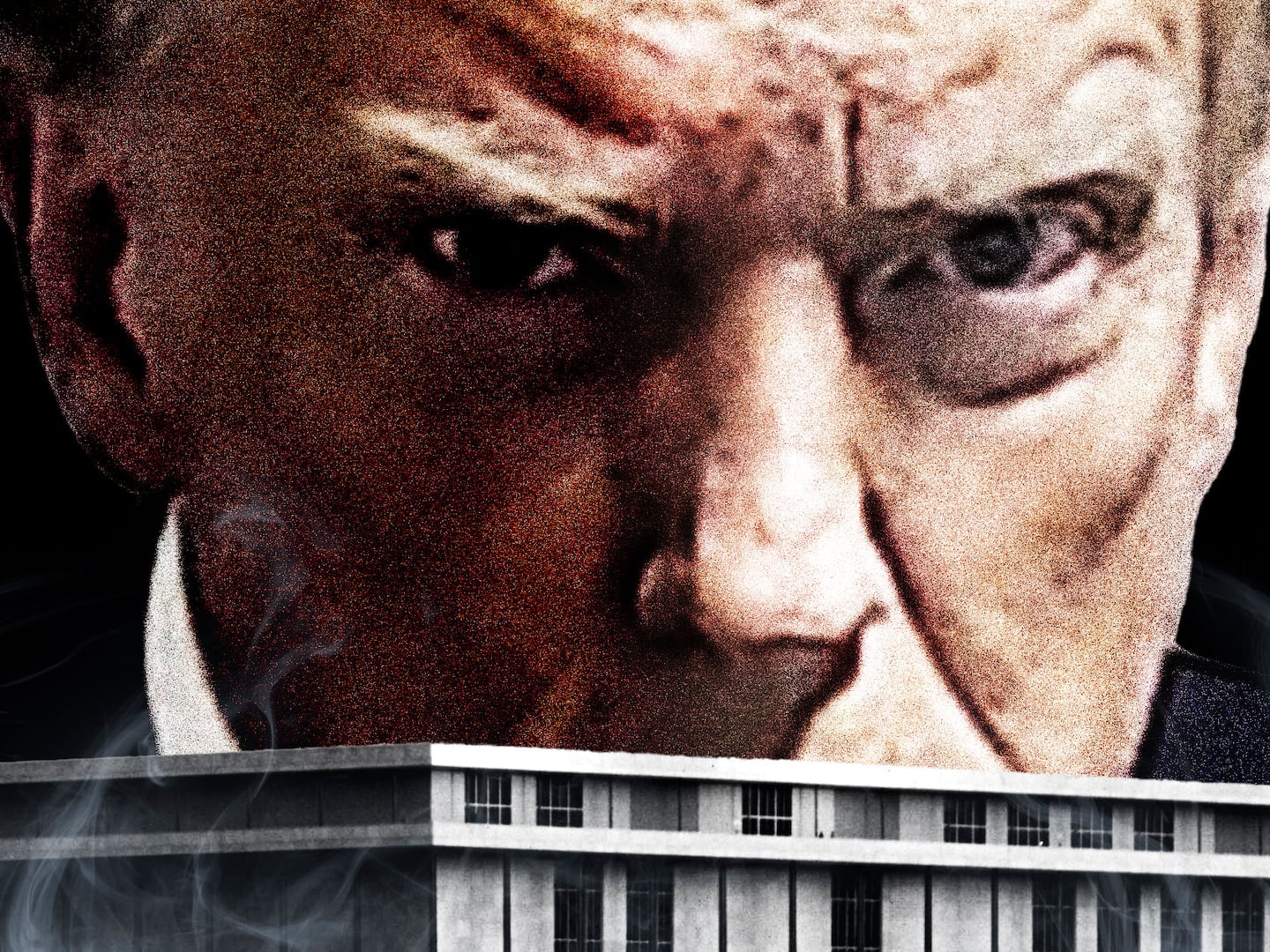U.S. Special Operations Forces cornered Abu Bakr al-Baghdadi in a nighttime raid in Syria early Sunday morning before the Islamic State leader took his own life after triggering an explosive suicide vest he was wearing. Despite the carnage, the White House announced that American commandos quickly confirmed Baghdadi’s identity by combining facial-recognition technology and fast DNA analysis.
The near-instant forensic analysis appears to be a dramatic demonstration of new capabilities U.S. Special Operations Command (SOCOM) developed in part to address ambiguities that resulted from the commando raid that killed al Qaeda leader Osama bin Laden in Pakistan in 2011.
Most importantly, a new, smaller and much faster DNA-reader that troops can haul into combat aboard their helicopters and use while the smoke from combat is still clearing.
Acting on fresh intelligence regarding Baghdadi’s whereabouts, U.S. forces based in northern Iraqi piled into helicopters and, as President Trump announced, flew “very, very low and very, very fast” to Idlib in western Syria.
As the Americans cleared Baghdadi’s compound, killing what Trump described as “a number” of ISIS fighters, Baghdadi himself fled into a tunnel with three of his children. “He reached the end of the tunnel, as our dogs chased him down,” Trump noted in a rambling press conference on Sunday.
“He ignited his vest, killing himself and the three children,” Trump continued. “His body was mutilated by the blast. The tunnel had caved in on it. But test results gave certain immediate and totally positive identification. It was him.”
Baghdadi’s head reportedly remained intact following the blast. Using a biometric facial-recognition scanner, the Americans “immediately identified” Baghdadi, Fox News correspondent Jennifer Griffin reported.
Since the early days of the wars in Afghanistan and Iraq, U.S. forces have built up huge databases of terror suspects’ faces, iris patterns, and fingerprints, and used an ever-improving series of handheld scanners to match detainees with suspects’ profiles. Most recently, the U.S. Army began studying ways of gathering “voiceprints” in order to identify terrorists by the sound of their voices.
The commandos in the Baghdadi raid didn’t just rely on these biometric signatures to confirm the target’s identity. The White House in a statement said, “a combination of visual evidence and DNA tests confirmed Baghdadi’s identity.”
Until recently, a conclusive DNA test could take weeks as analysts at a laboratory dissolved organic samples in special reagent chemicals, sifted out waste materials in order to isolate the DNA, then copied the strands in order to produce an easily readable baseline.
The U.S. Defense Department has worked hard in recent years to speed up DNA processing, specifically in order to quickly identify terror leaders who might not survive swift, violent commando raids.
Shortly after U.S. Navy SEALs killed bin Laden in Abbottabad, Pakistan, in May 2011, American officials delivered a sample of the terror leader’s remains to a U.S. military DNA lab in Afghanistan, The Washington Post reported. There, military specialists confirmed bin Laden’s identity. The chance of an error was “approximately one in 11.8 quadrillion,” an intelligence official told the newspaper.
But Pentagon leaders wanted Special Operations Forces to be able to identify terrorists on the spot in the heady hours following a raid—no time-consuming shipments to DNA labs required.
In 2015, SOCOM officials revealed that commandos had begun using two new types of a small and portable DNA lab: the RapidHIT 200 from California-based IntegenX and the DNAscan from NetBIO in Massachusetts.
The two DNA-readers work like the bigger, traditional laboratory-based systems do, but with very small, precisely measured quantities of chemicals and a wireless connection to a DNA database. Both new readers weigh around 100 pounds and are the size of a copy machine, making them small enough to fit on a helicopter.
They both require just one, moderately trained operator. Use a cotton swab to soak up some spit or blood, slip the swab into a plastic sleeve, insert the sleeve into the machine and press a few buttons. Less than two hours later, the machine spits out a strip of paper listing any matches.
“We want something that doesn’t take a Ph.D. to operate, obviously,” said Michael Fitz, then the manager of SOCOM’s special surveillance program. “We have knuckle-draggers out there that are operating these things.”
In 2015, the instant DNA-scanners were expensive at around a quarter-million dollars per unit. “We’re saving it for the juicy missions,” Fitz said. At the time, SOCOM hoped to work with industry to shrink the mobile DNA-scanners down to just five pounds.
The command reportedly hoped to get the smaller scanners by 2019 or 2020. It’s unclear whether the more compact devices were available for the Baghdadi raid. SOCOM did not immediately respond to an email seeking comment.
Regardless of size or quickness, a DNA reader is only as good as the data available to it. Sure, you can read a terror suspect’s DNA. But you have to compare it to a known sample of the suspect’s tissue in order to be sure you have a match.
To confirm bin Laden’s identity, the U.S. intelligence community reportedly piggybacked on an immunization drive in Abbottabad shortly before the May 2011 raid. The immunization effort could have allowed U.S. operatives to collect samples from bin Laden’s family members.
But as of 2015, the Pentagon didn’t possess a large database of terror suspects’ DNA. “We haven’t been collecting DNA, in part because it’s been a cumbersome and lengthy process to do that,” Fitz explained at the time. The military’s DNA database in 2015 was “not robust, not populated with the people we’re interested in,” Fitz added.
If U.S. commandos did indeed quickly confirm Baghdadi’s identity by way of his DNA, it’s because they already possessed a sample of the ISIS leader’s tissue. Citing an unnamed U.S. official, The Washington Post reported that special forces were able to obtain the DNA they needed to identify Baghdadi voluntarily from one of his daughters.








